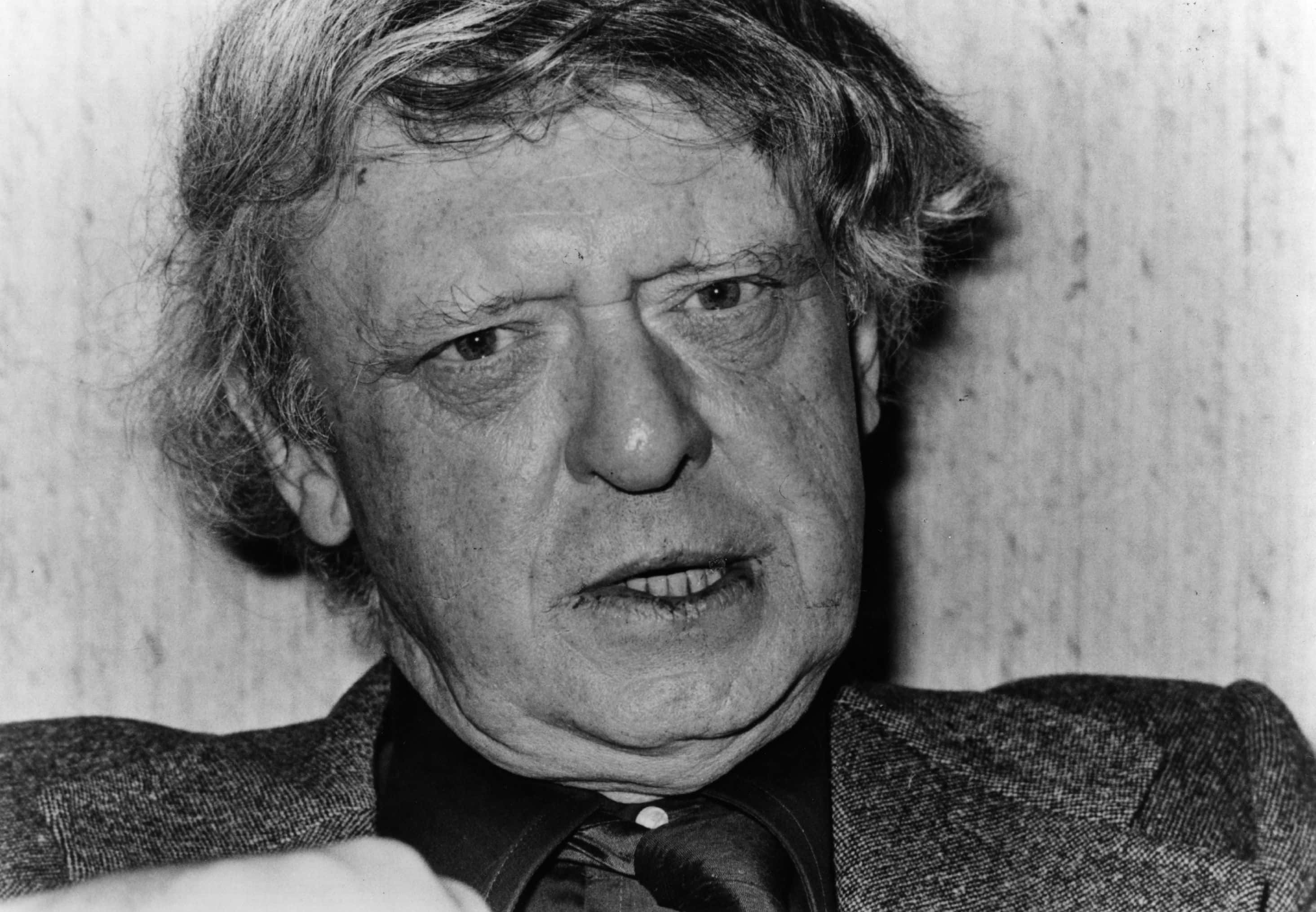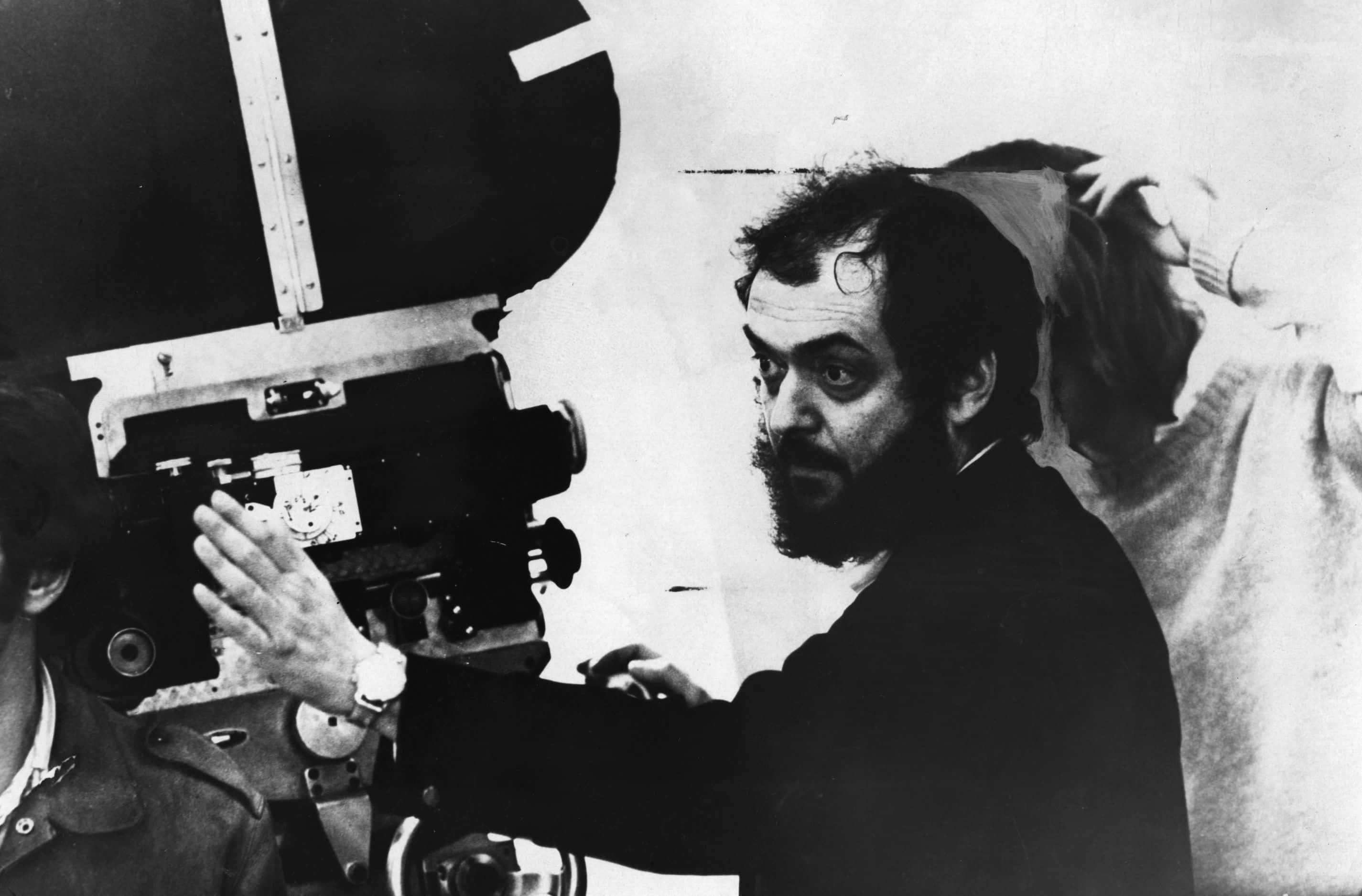“It would seem that enforced conditioning of a mind, however good the social intention, has to be evil.” — Anthony Burgess
This extremely popular novel—and, later, film—about a dystopian near-future for the planet has withstood the test of time. The book was published in 1962 and the film was released in 1971. Here are some interesting facts about A Clockwork Orange.
Clockwork Orange Facts
1. Picking the name
The book’s author Anthony Burgess has offered a trio of explanations for the title: he’d overheard the phrase “as queer as a clockwork orange” in a London pub in 1945 and assumed it was a Cockney expression; it was a play on the Malay word “orang,” which means “man;” or it was a metaphor for “an organic entity, full of juice and sweetness and agreeable odour, being turned into a mechanism.”
2. Speaking in tongues
When Stanley Kubrick first laid eyes on the novel, he was unimpressed. He was particularly turned off by the quirky "Nadsat" language author Anthony Burgess developed for the book.
3. Of cricket and costumes
Stanley Kubrick was a great fan of cricket, and he applied that passion to the decisions around the main character’s costume. Alex’s uniform features a white shirt and a jockstrap, distinctively worn over top of his pants.
4. No casting about
Stanley Kubrick never had any doubts about who he would cast for the main character, anti-hero, Alex. Even in spite of prior rumblings about Mick Jagger taking on the role, Kubrick was so confident about Malcolm McDowell, he never even asked him to audition.
5. Stanley who?
Allegedly, McDowell was nonplussed when he learned that Stanley Kramer was counting on him for the Alex role. He told people he had never even heard of the director.
6. Channeling Gene Kelly
To lift the flatness of the final brutal scene, in which Alex and his droogs attack the writer and his wife, McDowell encouraged McDowell to “do something outrageous.” What could be more outrageous than dancing to Singin’ in the Rain?
7. Paying for the privilege
Kubrick was so tickled by McDowell’s choice to sing the classic movie song in such an unexpected setting that he bought the rights to its use for $10,000.
8. Holding up a mirror
Unlike many film adaptations of books, A Clockwork Orange resembles its literary original closely. Indeed, Kubrick eventually warmed up to the book so much that his screenplay was mostly just dialogue and stage directions lifted from the book itself.
9. Doctor on set
For one the most iconic scenes of the film, that of McDowell with his eyes held open by antique lid locks used for delicate eye surgeries, producers kept a doctor nearby in case any issues arose. Unexpectedly, the doctor made an appearance in the scene, applying drops into the actor’s eyes.
10. Injuries
While filming the rehabilitation scene, Kubrick insisted that Alex needs to be sitting in an upright position. The lid locks he was wearing were not intended to be used while the patient sits upright and as a result, McDowell actually sliced his cornea during the scene.
11. Clockwork controversy
In 1976, the novel A Clockwork Orange was removed from a high school in Aurora, Colorado, because of “objectionable language.” A year later, a high school in Westport, Massachusetts, did the same. In 1973, a bookseller was arrested for selling the novel.
12. Naming Alex
In a 2012 article he wrote for The New Yorker, Burgess explains that he named the main character Alex because of its “ironic connotations” and international character. “You could not have a British or Russian boy called Chuck or Butch,” he said.
13. Softening the sex scene
In an effort to sidestep censors, Kubrick deliberately blurred the sex scene between Alex and the two women from the record store. In fact, the fast-motion scene took 28 minutes to shoot. The scene ended up contributing to the film’s X rating anyway, because censors feared the technique would be picked up by pornographers looking for a loophole to get their films passed by the ratings board.
14. Starring Darth Vader
The disabled writer's muscular aide in the film's third act is played by David Prowse, the actor who filled out the Darth Vader suit in the original Star Wars trilogy.
15. Too Long
Before Kubrick hired several assistant directors to help with the editing, the first cut of the film had a run length of almost four hours.
16. Erasing the evidence
Stanley Kubrick was adamant that all unused footage from the movie be destroyed.
17. The name game
A few early drafts of the screenplay changed the film’s title to “The Ludovico Technique,” in reference to the brainwashing experiment that Alex endures.
18. Playing with numbers
Malcolm McDowell was 27 at the time of the movie’s filming. Still, his character is 15 years old in the early frames of the film (and 17 in the later ones).
19. Hear this
A Clockwork Orange was the first film to employ Dolby sound. It was also one of the first movies to use radio mics to record sound. This important development eliminated the call for post-synching.
20. Ping pong at work
McDowell and Kubrick spent hours recording the film’s voiceovers in the two weeks following production. To break the routine, the pair would play ping pong on a table outside the recording studio. When McDowell learned that he would only be paid for a week of this work, Kubrick explained that a week had been spent playing ping pong.
21. Keeping things natural
Director of photography John Alcott lit most of the film using only natural light. This not only represented a cost-saving measure for a production committed to being affordable, but gave a natural look to the cinematography.
22. Novel plaudits
In 2005, A Clockwork Orange was included on Time’s list of the 100 best English-language novels written since 1923. Additionally, Modern Library and its readers named the book among the 100 best English-language novels of the twentieth century.
23. Residing in Canada
In 1971, McMaster University in Hamilton, Ont., purchased the original manuscript of the book. It is kept at the university’s William Ready Division of Archives and Research Collections.
24. Speak first
The first line of the novel is “What’s it going to be then, eh?” This line is repeated frequently throughout the book. Prison chaplain Godfrey Quigley is introduced with this line.
25. Snake in the grass
Kubrick introduced Basil the snake to the production when he learned of McDowell’s fear of reptiles.
26. On location
Because Kubrick was on a mission to make a low-budget movie on the heels of his exorbitantly expensive 2001: A Space Odyssey, he made a point of filming A Clockwork Orange in existing locations. As long as the places were within driving distance of his house near London they were worth considering.
27. Another run
In 1965, artist Andy Warhol released a film called Vinyl that was also an adaptation of Burgess's A Clockwork Orange.
28. You spin me right round
The movie’s record shop scene was shot in the Chelsea Drugstore, a trendy bar in London that, at the time, was a likely place to spot Rolling Stones band members. In one shot, you can see 2001: A Space Odyssey on the front of the desk.
29. Quick shot
A Clockwork Orange was released just over a year after principal photography for the film began. That made it Stanley Kubrick’s quickest production to be shot, edited and released.
30. Staying afloat
In spite of rampant reports that Malcolm McDowell nearly drowned in the waterboarding scene when his breathing apparatus failed, the reality is much less dramatic. Daily records indicate that, in fact, the scene was filmed without any stoppage required from equipment failure.
31. Lauding the stuff
A Clockwork Orange was nominated for best picture, best director, best film editing and best adapted screenplay. Clockwork Orange is one of two X-rated films to ever be nominated for Oscar’s top prize.
32. Danger
The film was accused of inspiring copycat break-ins and murders in the UK in the early 1970s, and as a result, the media called for it to be banned. It wasn’t banned until a later incident where Kubrick received death threats against his family stating that his house outside London would be broken into and his family would be murdered in similar fashion to the movie. At this point, Kubrick lobbied the studio to not show the film publicly in the British Isles and Ireland until after his death.

